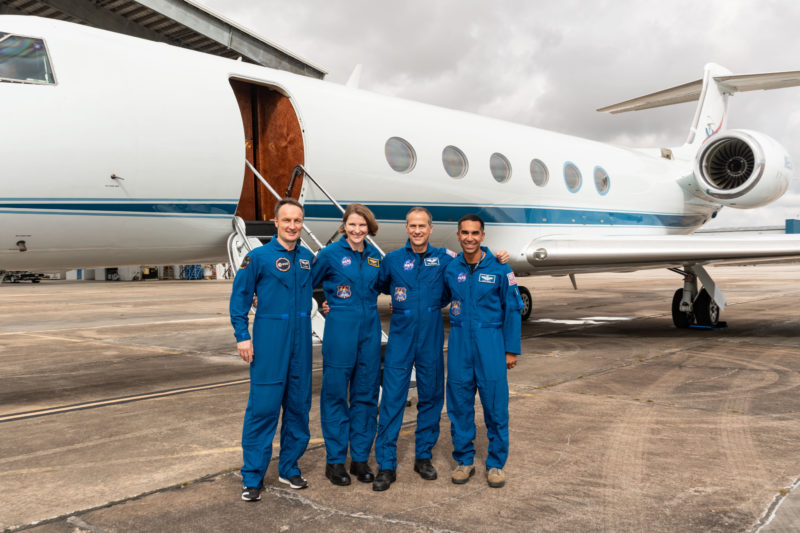
Set to become only the second International Space Station (ISS) crew to rise from Earth on All Hallows’ Eve, a close-knit team of four astronauts flew into the Kennedy Space Center (KSC) in Florida on Tuesday, targeting liftoff from the multi-user spaceport’s historic Pad 39A in the small hours of Sunday morning.
Commander Raja Chari—one of only a handful of NASA astronauts to lead his first space mission—will be joined aboard Crew-3 by Tom Marshburn and Kayla Barron, respectively the oldest and youngest Americans ever to fly to the ISS, together with Germany’s Matthias Maurer of the European Space Agency (ESA).
The quartet will launch in their brand-new Dragon Endurance atop a previously-flown Falcon 9 booster no sooner than 2:21 a.m. EDT Sunday and are due to arrive at the station shortly after midnight Monday.
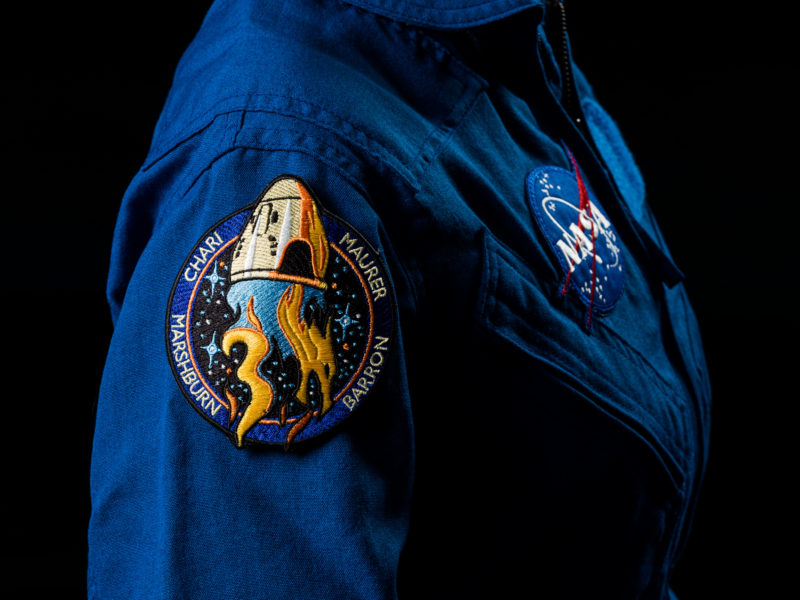
It will be SpaceX’s 24th Falcon 9 launch of the year, accomplished using only nine boosters, one of which flew five times between January and June. They placed over 800 Starlink internet communications satellites into low-Earth orbit and polar orbit, together with the largest haul of payloads (143) ever lofted aboard a U.S. launch vehicle on Transporter-1, two powerful geostationary communications satellites, two Cargo Dragons, two Crew Dragons—including last month’s historic all-civilian Inspiration4—and the latest Global Positioning System (GPS) Block III navigation and timing satellite.
All but one of the Falcon 9s launched in 2021 have utilized previously-flown boosters, a remarkable indicator of SpaceX’s burgeoning reusability statistics.
Providing the first-stage muscle to get Chari, Marshburn, Barron and Maurer off the ground will be the B1067 core, embarking on her second launch, having earlier lifted the CRS-22 Cargo Dragon mission to the ISS last 3 June.
Following that launch, B1067 returned to Earth and alighted on the deck of the Autonomous Spaceport Drone Ship (ASDS), “Of Course I Still Love You” in the Atlantic Ocean. This marked OCISLY’s final East Coast “catch” of a Falcon 9 core, before she headed west to start service in the Pacific Ocean for missions out of Vandenberg Space Force Base, Calif.
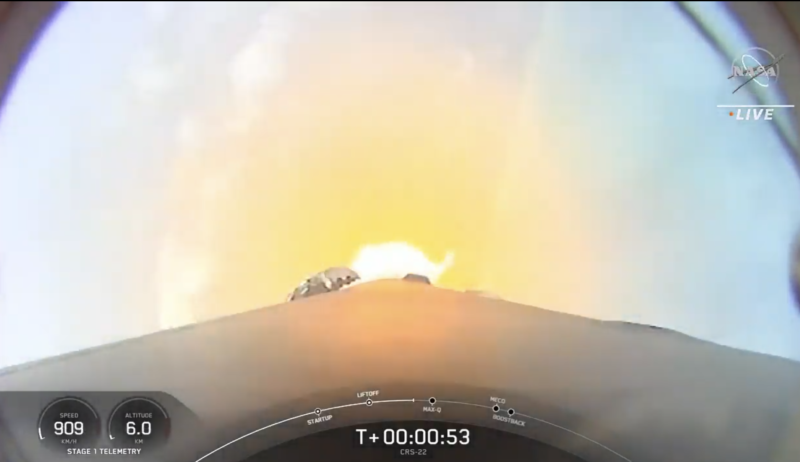
Launch was provisionally scheduled for the wee hours of Halloween morning, before NASA and SpaceX elected late last month to move T-0 forward to 2:43 a.m. EDT on Saturday, 30 October. It was noted that the adjustment would thus furnish Crew-3 with two back-to-back launch opportunities.
Two weeks ago, the astronauts entered their formal pre-flight quarantine, but on 19 October NASA announced that T-0 would move back to its original 2:21 a.m. EDT on Sunday 31st, citing a need for “additional time for spacecraft processing”.
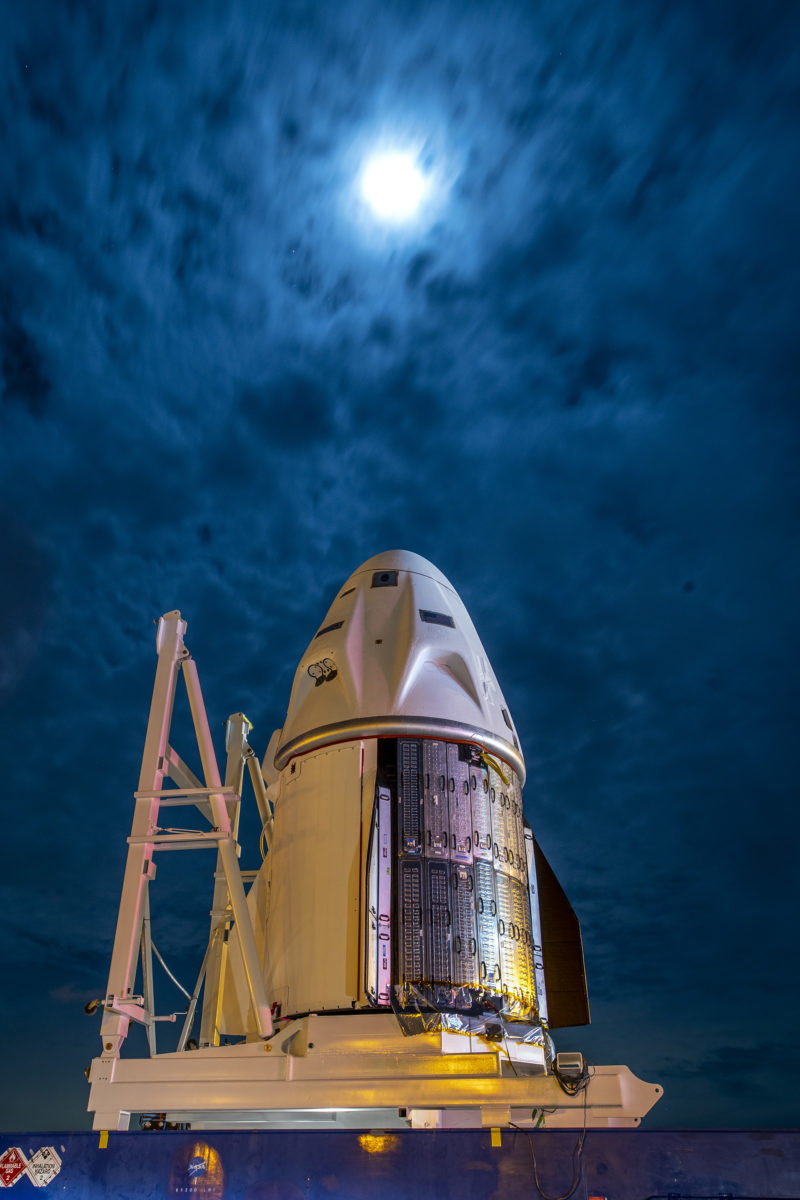
Their booster may have seen service before, but their Crew Dragon—which the astronauts have named “Endurance”—will be embarking on its first flight.
One key “open area” of work, which was addressed during Monday’s Flight Readiness Review (FRR), was an issue that cropped up during the three days her sister Dragon Resilience spent in orbit in September with Inspiration4 crew members Jared Isaacman, Sian Proctor, Hayley Arceneaux and Chris Sembroski. That flight marked not only the first all-civilian human orbital space mission, but it was the first time that a Crew Dragon had carried people on a non-ISS, “independent” flight.
As such, unlike station-bound Dragons—many of whose systems are powered down shortly after arrival at the ISS—Resilience remained fully functional throughout the entirety of the 71-hour Inspiration4 flight. Upon the crew’s return to Earth, it became apparent that a tube inside Crew Dragon’s urine storage tank had somehow become disconnected.
The result was that urine did not enter the tank as it should have done, but went instead into the fan system. This had no impact on the activities or comfort of the Inspiration4 crew and SpaceX Vice President of Build and Flight Reliability Bill Gerstenmaier noted at the post-FRR briefing on Monday that the issue did not manifest itself until the post-landing inspections.
The on-orbit Crew-2 team was asked to check their own vehicle, Dragon Endeavour, which has been docked at the ISS since late April, and noticed a similar problem, which revealed some contamination underneath the Crew Dragon’s floor. In response to this issue, and with the potential risk of corrosion over a long flight, the tubing to the urine storage tank aboard Dragon Endurance now has an all-welded structure.
“Don’t ever assume you know what’s going to happen with the vehicle,” cautioned Mr. Gerstenmaier in his post-FRR remarks, indicating that his philosophy towards crew safety has always been to “stay hungry” in terms of learning more about the spacecraft. NASA Commercial Crew Program Manager Steve Stich added that the lessons from Inspiration4 were “really a gift for us”.
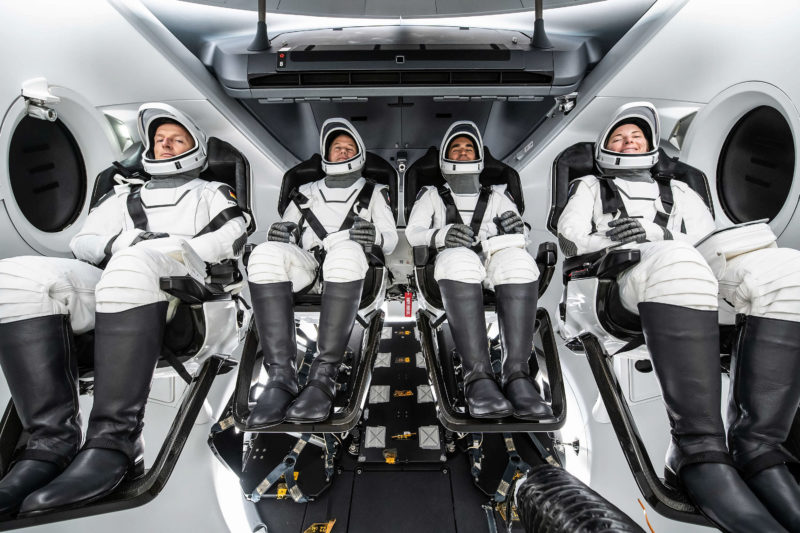
In the meantime, the Crew Dragon was transported to the Horizontal Integration Facility (HIF) at historic Pad 39A on 24 October and Chari, Marshburn, Barron and Maurer flew from Ellington Field in Houston, Texas, to Florida, aboard a Gulfstream jet on Tuesday.
“Endurance has arrived at the Hangar!” Marshburn tweeted, as he shared a stunning view of the glistening spacecraft. “We can’t wait to ride this @SpaceX Dragon to the @Space_Station in a few days.” Coming up on Wednesday night, the 210-foot-tall (70-meter) Falcon 9 booster will be rolled out to Pad 39A for a customary Static Fire Test of her nine Merlin 1D+ first-stage engines.
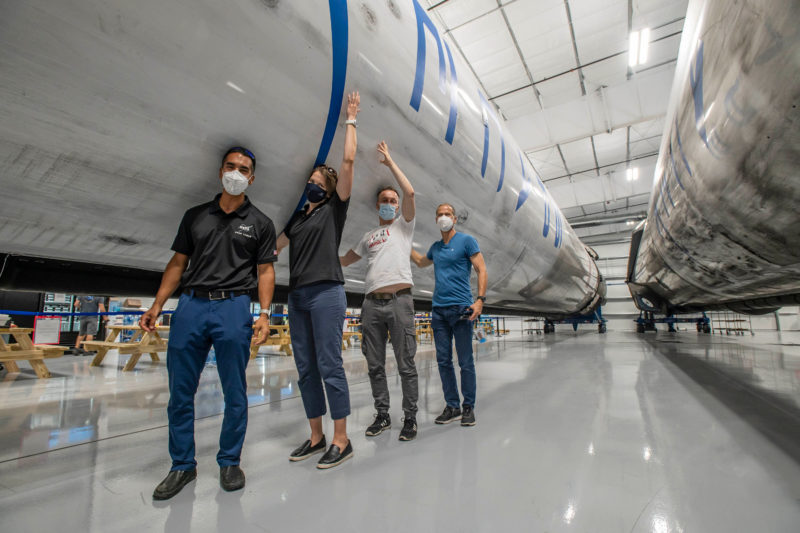
Representing four consecutive decades of life with 34-year-old Barron, 44-year-old Chari, 51-year-old Maurer and 61-year-old Marshburn, the Crew-3 astronauts will also make history by seeing the 600th human to enter space since the historic voyage of Soviet cosmonaut Yuri Gagarin, more than six decades ago. Specifically, first-time flyers Chari, Barron and Maurer will become the 599th, 600th and 601st human space travelers.
But since all three will pass the threshold of space together, Maurer has been “selected” by his crewmates for the honorary 600th place. He joins the late Russian cosmonaut Gennadi Strekalov, who became the 100th in space aboard Soyuz T-3 in November 1980 and former NASA Administrator Charlie Bolden, who assumed 200th place as pilot of shuttle Columbia on STS-61C in January 1986.
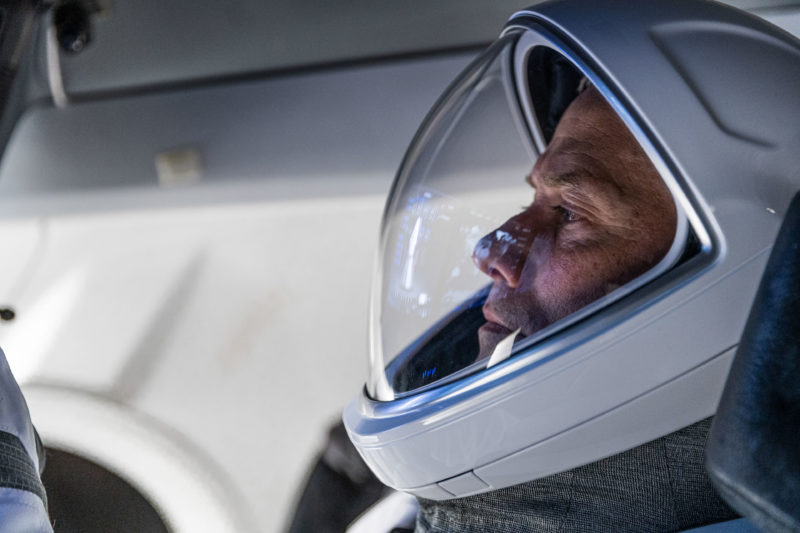
More recently, according to data published by CollectSpace.com, STS-51’s Dan Bursch made 300th place in September 1993 and STS-102 astronaut Paul Richards became No. 400 when he launched in March 2001. Interestingly, the 500th spacefarer, former NASA Chief Astronaut Chris Cassidy, sat shoulder-to-shoulder with Tom Marshburn himself aboard shuttle Endeavour on STS-127 in July 2009.
As such, Maurer becomes the first non-Russian and non-American to hold such a “centenary” accolade. And with French astronaut Thomas Pesquet having been aboard the ISS since April and Italian astronaut Samantha Cristoforetti set to arrive next April, he forms part of a remarkable period which will see a continuous European presence for 18 months.
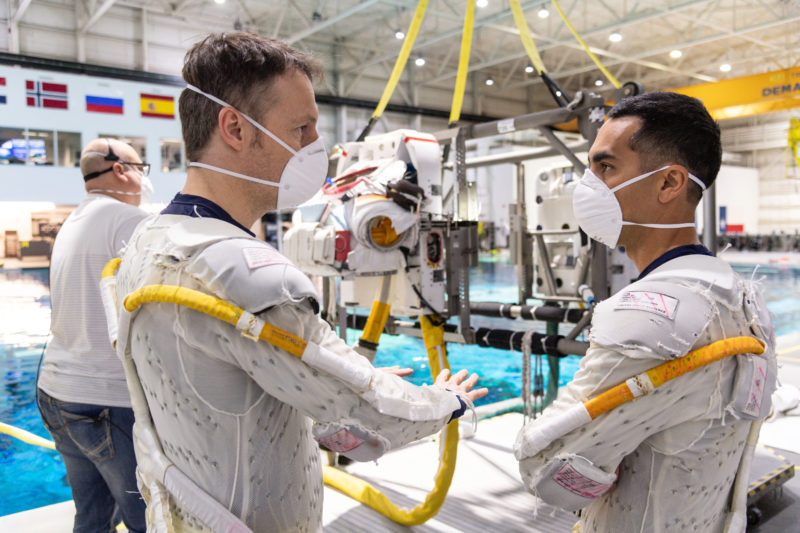
In remarks at Tuesday’s crew arrival ceremony, former astronaut Frank de Winne, the current head of the European Astronaut Centre (EAC), noted that this represents a “golden age for spaceflight”, with efforts underway to re-certify station components—including Europe’s long-serving Columbus lab—for operations out to 2030 and beyond.
With launch targeted for 2:21 a.m. EDT Sunday, Crew-3 also marks only the second ISS expedition to launch on Halloween. In remarks delivered to the gathered media at KSC’s Launch and Landing Facility (LLF) on Tuesday, Barron recalled a conversation she had with former astronaut Ken Reightler, who happened to be in Russia on 31 October 2000 to watch Expedition 1 Commander Bill Shepherd and crewmates Sergei Krikalev and Yuri Gidzenko launch to the ISS for its first long-duration increment.
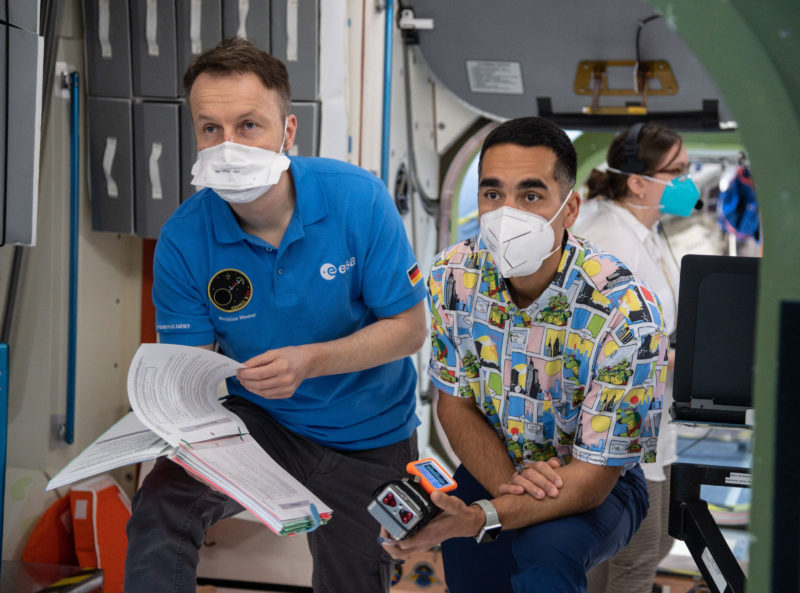
The excitement of the crew was palpable in their comments at the LLF, with Air Force veteran Chari likening their arrival at the launch site to “stepping to the jet” and Navy submarine officer Barron alluding to “hitting the deck” at long last. She added that although she has seen many rockets lift off on television, this will be her first “in-person” launch. And to say that Barron will be an “active participant” is something of an understatement.
Following their lanunch, Chari, Marshburn, Barron and Maurer will spend approximately 22 hours in transit to the station, before an autonomous docking at 12:10 a.m. EDT Monday, 1 November. Dragon Endurance will take up residence at International Docking Adapter (IDA)-2, on the forward port of the Harmony node, and following the completion of pressurization and leak checks the new arrivals will be welcomed aboard by the seven-strong Expedition 66 crew, currently led by French astronaut Thomas Pesquet.
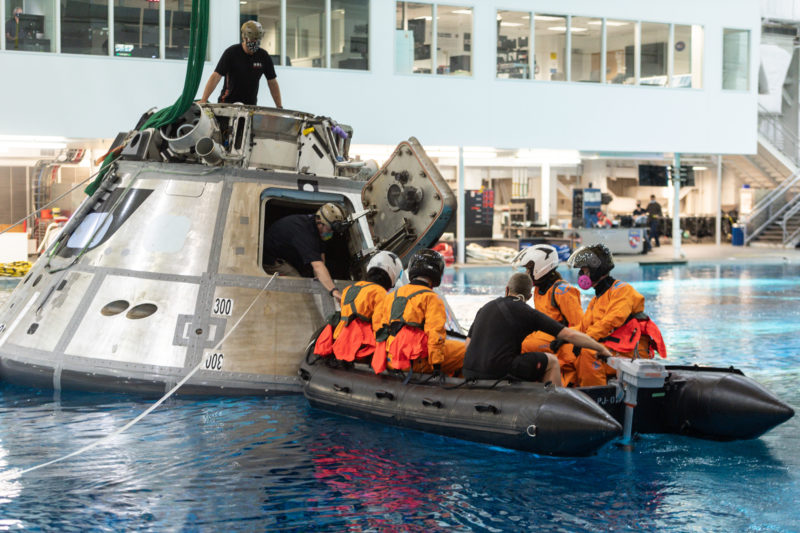
According to NASA, an on-time launch and arrival of Crew-3 will see the outgoing Crew-2 team—Pesquet, Japan’s Aki Hoshide and U.S. astronauts Shane Kimbrough and Megan McArthur—undock and return to Earth aboard Dragon Endeavour for a nighttime splashdown as soon as 4 November, wrapping up a mission of 195 days. This date is entirely dependent upon the health and readiness of the spacecraft, as well as optimum landing and recovery conditions off the Florida coast.
With Crew-2 gone, Expedition 66 will continue, under the command of seasoned Russian cosmonaut Anton Shkaplerov, who arrived in early October. And alongside Chari, Marshburn, Barron and Maurer will be Russian cosmonaut Pyotr Dubrov and U.S. astronaut Mark Vande Hei, who launched to the station last April and are now well into the second half of their almost-year-long ISS stay.
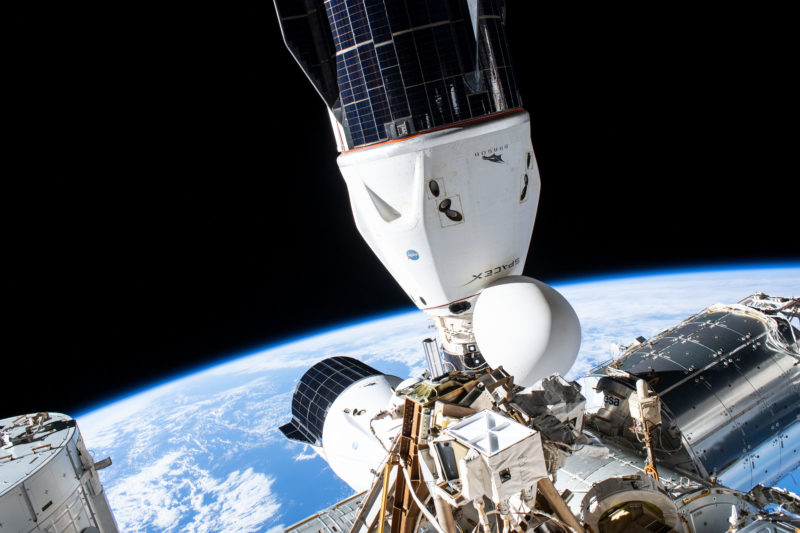
Current projections will see Crew-3 remain aboard the station for about six months, with their Crew-4 replacements due to launch until next 15 April. Shortly after Dragon Endeavour departs its berth on the space-facing port of the Harmony node, Chari, Marshburn, Barron and Maurer will relocate Dragon Endurance here. This will correspondingly free up the forward port for SpaceX’s CRS-24 Cargo Dragon, due to arrive in December.
Other cargo missions include Northrop Grumman Corp.’s NG-17 Cygnus in February and a pair of Russian Progress vehicles in November and early next spring, the first of which will deliver the 16-foot-long (5-meter) Prichal node to the Earth-facing (or “nadir”) port of the newly-arrived Nauka lab.
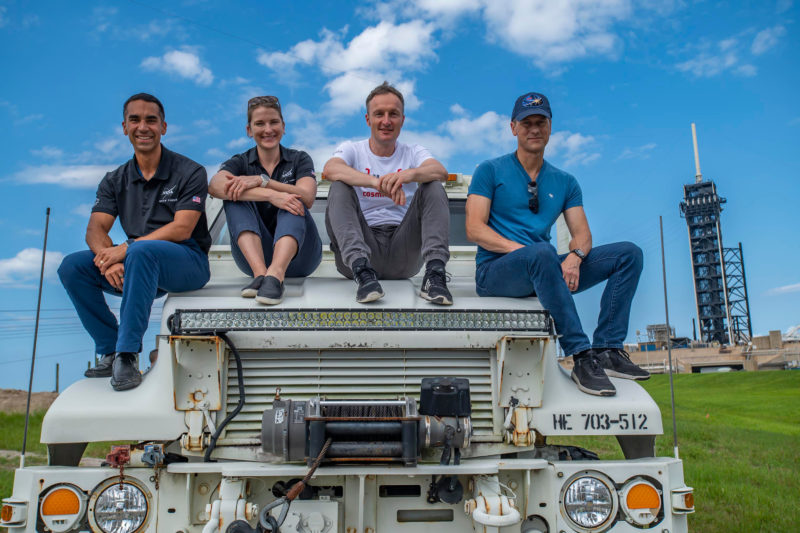
Crewed flights to the orbital outpost will also continue, with Soyuz MS-20 set to launch on 8 December for a 12-day mission, carrying Russian cosmonaut Aleksandr Misurkin and Japanese Spaceflight Participants (SFPs) Yusaku Maezawa and Yozo Hirano.
And no sooner than 21 February, Dragon Resilience will fly the ten-day Ax-1 commercial flight. Crewed by entrepreneurs Larry Connor, Mark Pathy and Eytan Stibbe, and commanded by former NASA astronaut and America’s premier spacewalker Mike Lopez-Alegria, it represents the first dedicated mission to the ISS by Houston-based AxiomSpace, Inc.




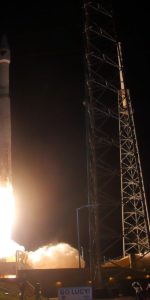
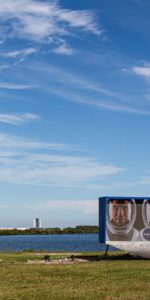
3 Comments
3 Pings & Trackbacks
Pingback:Crew-3 Aims for NET Saturday Launch, Daylong Trek to Space Station – AmericaSpace
Pingback:Crew-2 Returns Home, Wraps Up Longest Single Mission by U.S. Crewed Spacecraft – AmericaSpace
Pingback:Crew-2 Returns Residence, Wraps Up Longest Single Mission by U.S. Crewed Spacecraft – AmericaSpace - Technology News